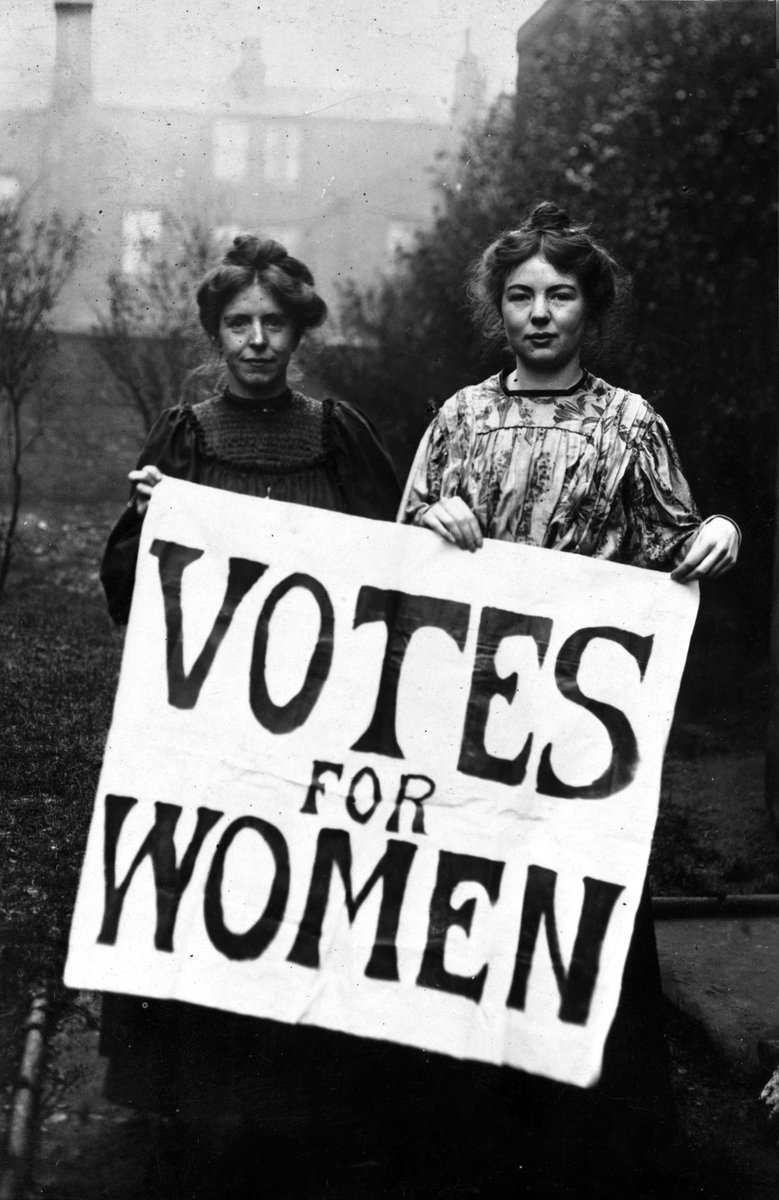
#OTD in 1395 Tadhg Mac Carthaigh Mór, prince of Desmond, one of the major leaders in Connacht in the west of Ireland, followed the Ulster kings in writing to Richard II at Drogheda.
He too mentions conflict with a major English magnate, the earl of Ormond.
#ContestingSpace
He too mentions conflict with a major English magnate, the earl of Ormond.
#ContestingSpace

Mac Carthaigh appealed to Richard as a loyal subject, saying that “my ancestors from the time of the Conquest” of Ireland in 1170 have been loyal and that he himself has never waged war against the English.
His wife was Joan, daughter of the English earl of Desmond.
His wife was Joan, daughter of the English earl of Desmond.
Joan’s father was Gerald Fitzmaurice Fitzgerald known as Gearóid Iarla, who wrote poetry in both Irish and French, which has been preserved in a later copy in the Book of the Dean of Lismore.
The legend goes that he disappeared in 1398 and now sleeps under Lough Gur.
The legend goes that he disappeared in 1398 and now sleeps under Lough Gur.

Yet Mac Carthaigh had clashed with Richard II’s government, and had had to be persuaded by Niall Ó Néill to write at all.
He was clearly working out what would be politically advantageous.
See his @DIB_RIA biography here
dib.ie/biography/macc…
He was clearly working out what would be politically advantageous.
See his @DIB_RIA biography here
dib.ie/biography/macc…
• • •
Missing some Tweet in this thread? You can try to
force a refresh
















